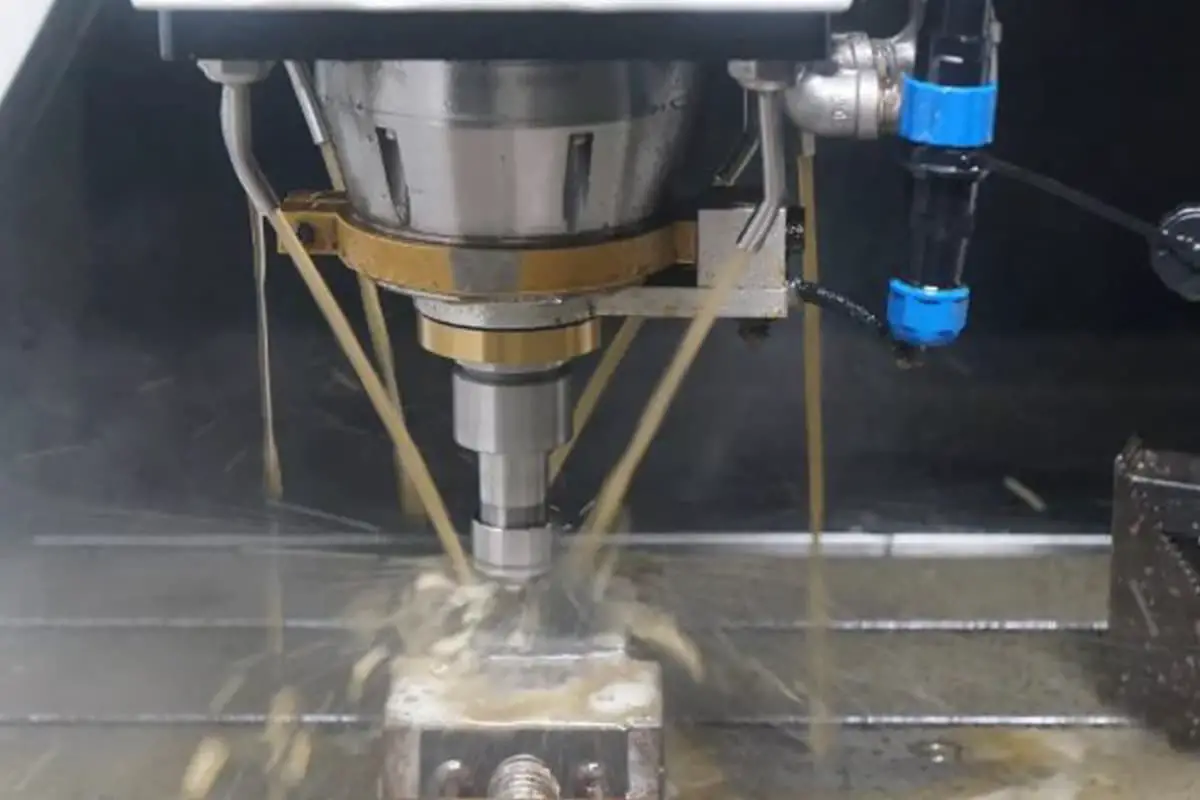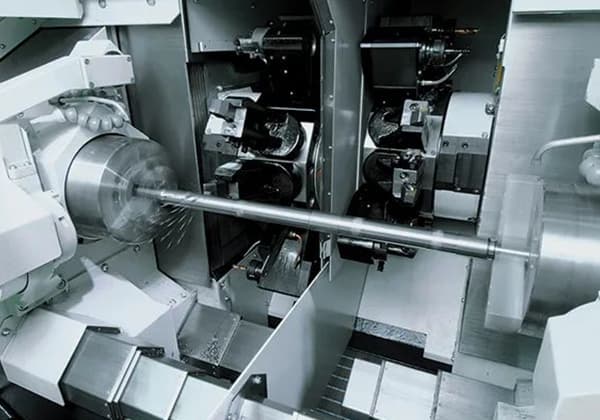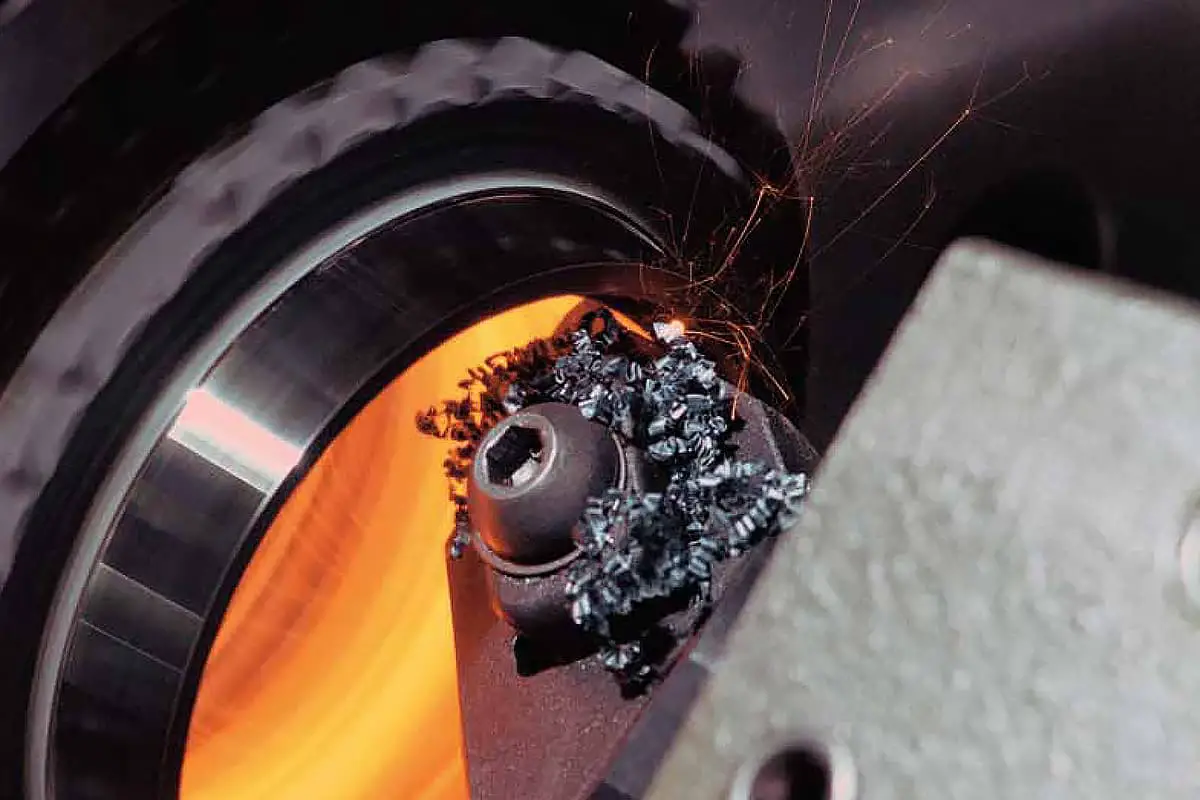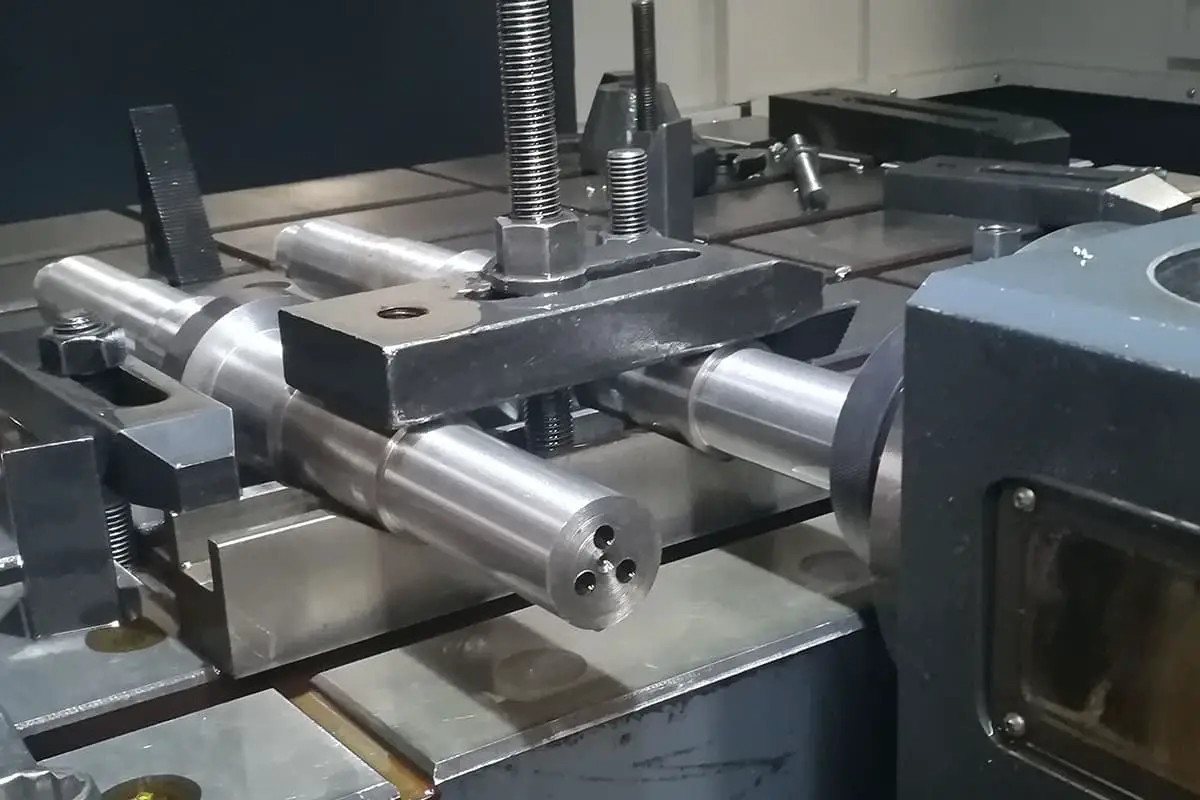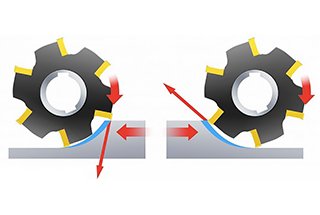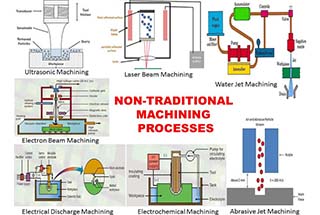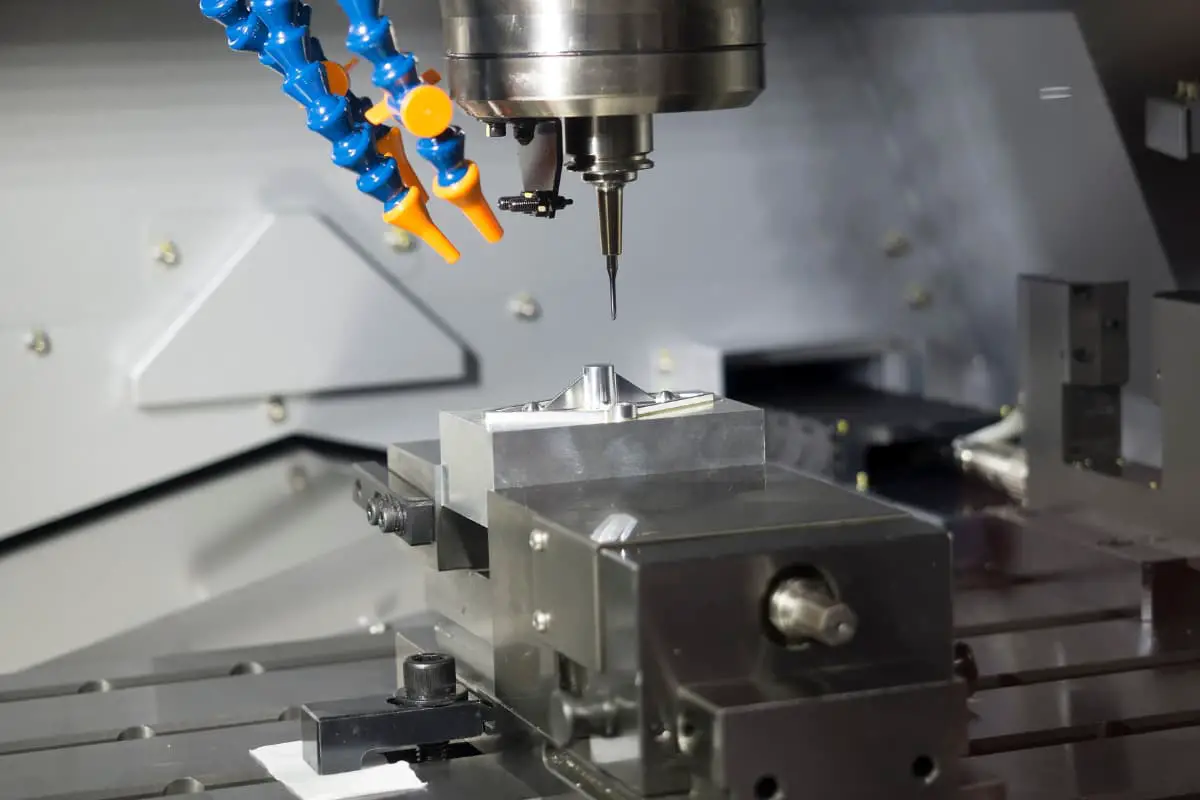
Ever wondered what makes the perfect cut in manufacturing? This article explores various cutting tool materials, detailing their unique properties and uses. With insights from seasoned mechanical engineers, you’ll discover how these materials revolutionize efficiency and precision in machining. Prepare to upgrade your knowledge and optimize your tooling choices.
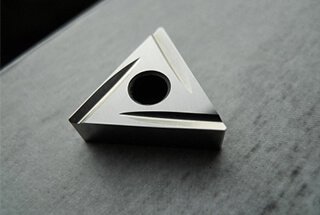
See also:
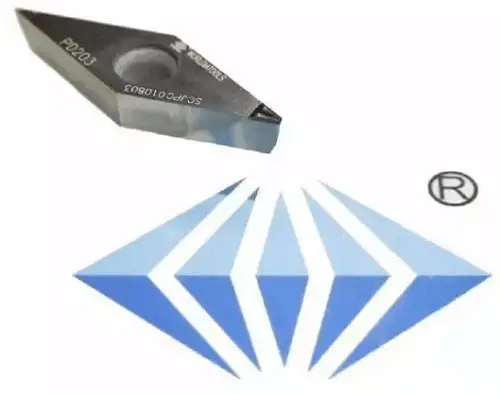
High-speed steel is a type of tool steel that is known for its high hardness, high wear resistance, and high heat resistance, achieved through the addition of elements such as tungsten, molybdenum, chromium, and vanadium. Also known as high-speed tool steel or hot-work steel, it is commonly referred to as “white steel.”
High-speed steel is primarily used to create complex, lightweight, and impact-resistant metal cutting tools. The manufacturing process of high-speed steel tools is straightforward and allows for easy sharpening, which is why they still make up a significant proportion of metal cutting tools despite the emergence of newer materials.
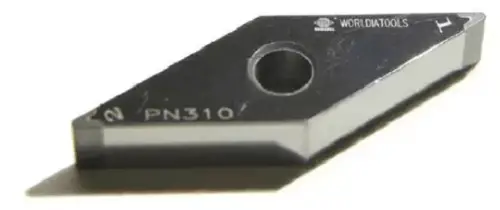
Cemented Carbide is an alloy made of refractory metals and binder metals, produced through P/M metallurgical techniques. This material has excellent properties such as high hardness, wear resistance, good strength and toughness, heat resistance, and corrosion resistance.
In particular, its high hardness and wear resistance remain constant even at temperatures up to 500°C, and it still has a high hardness at 1000°C. Thus, cemented carbide has a higher cutting performance compared to high-speed steel and can improve the durability of the tool several to dozens of times.
With the same durability, cemented carbide allows for cutting speeds to increase by 4-10 times. As a result, it is widely used as a tool material, capable of cutting difficult-to-machine materials such as heat-resistant steel, stainless steel, high manganese steel, and tool steel.
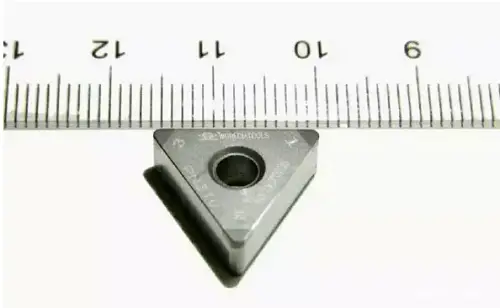
Diamond is considered to be the hardest substance with exceptional thermal conductivity among known mineral materials. Its friction wear with various metal and non-metal materials is only 1/50-1/800 of cemented carbide, making it the ideal material for cutting tools.
Mostly, the cutting tools are made of artificial single crystal diamonds. The cutting edge of diamond tools is incredibly sharp, which is important for cutting chips with small sections. Its cutting edge has a low roughness and low friction coefficient, making it unlikely to produce chipping during cutting, thus resulting in high-quality machined surfaces.
There are three types of diamond cutting tools: natural single crystal diamond tools, solid synthetic single crystal diamond tools, and diamond compound tools. However, natural diamond tools are rarely used in actual production due to their high cost.
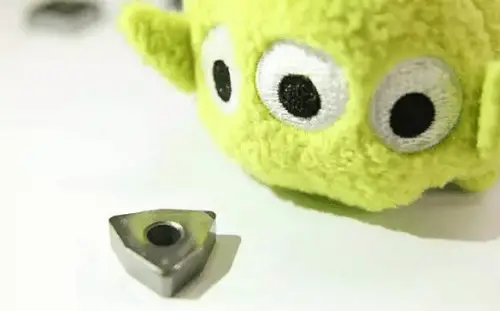
It is a newly developed artificially synthesized material, sintered from CBN (Cubic Boron Nitride) powder and a small amount of binder (such as Co-Ni, TiC, TiN, or Al2O3) under high temperature and pressure and with the help of a catalyst. It boasts high hardness, good abrasion resistance, exceptional chemical stability, and higher thermal stability compared to diamond tools.
It can maintain its properties even when used at temperatures between 1200-1300°C and does not react with metals in the iron group, making it ideal for processing steel. Hence, CBN cutting tools are primarily used for efficient machining of difficult-to-machine materials and have a broad range of applications in the machining industry.
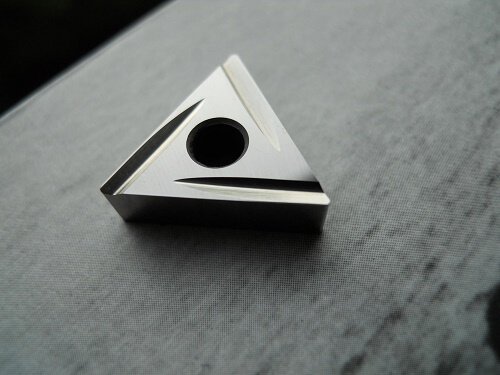
The main advantages of ceramic tool materials are their high hardness and resistance to abrasion, as well as minimal reduction in bending strength and resistance to bending at high temperatures.
They have high chemical stability, low affinity with metals, and good resistance to oxidation at high temperatures. They do not react with steel even at melting temperatures, resulting in less adhesion, diffusion, and oxidative wear, and a lower coefficient of friction. Chips are also less likely to stick to the cutting tools and it is less likely to produce chipping.
However, the disadvantages of ceramic tools include high brittleness, low strength and toughness, and weaker bending strength compared to cemented carbide.
When choosing cutting tool materials, it’s essential to consider various factors to ensure optimal performance and longevity. In this section, I’ll discuss my key considerations when selecting cutting tool materials: Strength and Hardness, Toughness, Wear Resistance, Thermal Stability, and Affordability.
Strength and hardness determine a material’s ability to withstand the cutting forces and stresses experienced during machining operations. I typically consider the following when evaluating these properties:
Toughness is a crucial factor as it measures a material’s ability to absorb energy and resist fracture or chipping. When I evaluate the toughness of a cutting tool material, I consider:
Since the cutting tool continually experiences friction during machining processes, wear resistance is a critical consideration. I focus on:
As cutting tools generate high temperatures during machining, thermal stability is vital. I consider a material’s ability to:
Lastly, I evaluate a cutting tool material’s affordability, since cost is an essential factor in any machining process. I take into account:
By carefully considering these factors, I can select the best cutting tool material for my specific machining requirements.
In my experience, cutting tool materials are essential for various machining operations. They help improve productivity, reduce costs, and obtain better product quality. Some common machining operations are:
I’ve noticed several emerging technologies shaping the cutting tool industry. These include:
By staying informed in these areas, industry professionals can make better decisions and maximize the efficiency of their cutting tools.

